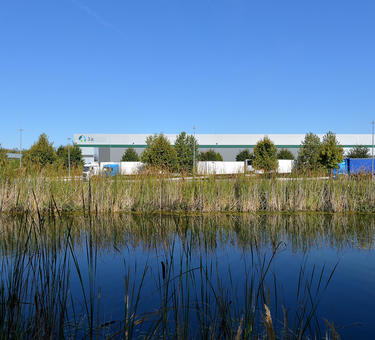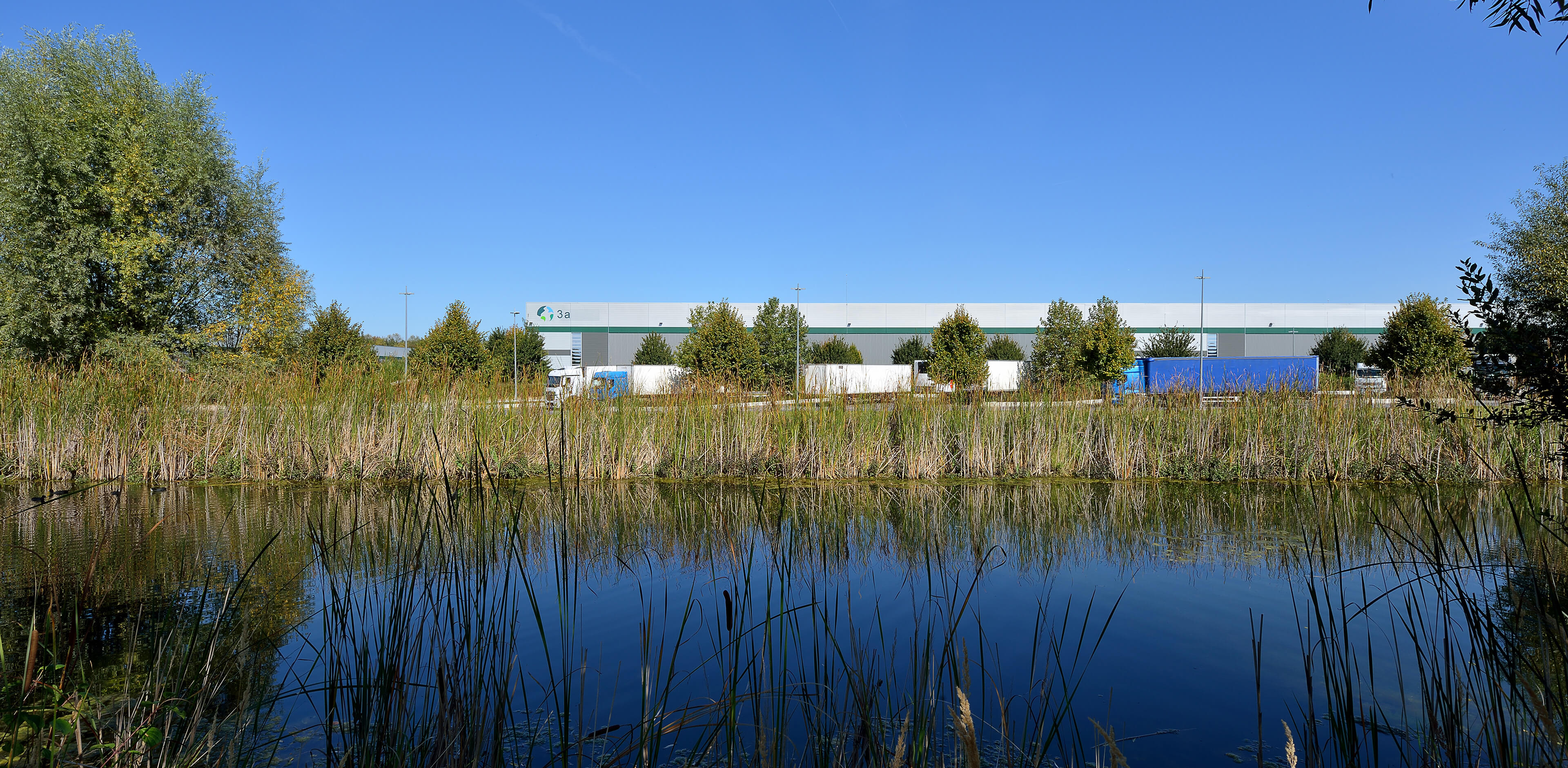According to an Ifop survey(1) from September 2018, 78% of people in France would like to see ecology and environmental protection become national priorities. Frustrated by apathy at the political level, people are increasingly taking personal responsibility for their environmental impact:
- Reading the small print on packaging
- Thinking carefully about the products they buy
- Joining active social media communities
- Promoting environmentally-friendly products and boycotting harmful ones.
This deep environmental awareness is widespread and it is here to stay. It is changing lifestyles and consumer practices. Today, a product’s carbon footprint is as important as its appearance, cost and functionality, and logistics plays a major role in that. Green supply chain management begins from the moment a product spends time in a storage facility.
Retail sector commitment
Retailers are under no illusion. If they are to remain competitive, they need to adapt quickly to a growing ecological conscience among consumers, proposing products and services with a low impact on the environment. Many have transformed that responsibility into commitment. They are reconnecting with local producers and short supply chains and using renewable and recycled materials in stores. And they are talking about it. If corporate social responsibility communication is to be legitimate, retail and brand managers must ensure their efforts to reduce environmental impact are not compromised by external third parties. Given that every stage of a product’s lifecycle contributes to its carbon footprint – extraction and transformation of raw materials, transport and warehousing, end-of-life disposal – that is no mean feat. To protect themselves, retailers are introducing strict environmental criteria for TPL providers. The green transition, then, is underway and is shaping the thoughts and actions of consumers, retailers and governments. The logistics sector is at the center of that transition. Managing logistics facilities efficiently contributes substantially to the universal issue of environmental protection. The next section will look at the opportunities available today for developing sustainable warehouse facilities.
A paradigm shift in logistics thinking
Until recently, logistics managers were focused on reducing costs and improving customer-service ratio. Strict environmental regulations and pressure from customers have shifted that focus towards sustainability. Gone is the age of eyesores that disfigure the landscape and impractical, energy inefficient design that undermines working conditions. Green logistics takes into account a warehouse’s site, orientation, design and the materials used to build it. Energy management and equipment are also given careful consideration.
Existing and future solutions for sustainable warehousing
These new challenges call for great expertise and high standards. Logistics is a multi-layer activity and companies may decide to build a facility to suit their needs or to lease space. In either case, the following are important considerations:
- Cutting operational costs continues to be a central consideration in green logistics thinking. The facility must be easily accessible, close to customers and functional, while blending into its surroundings. The use of recyclable materials is proving to be a better aesthetic, environmental and financial choice. The insulating properties of these materials also reduce energy use.
- Solar panels, wind and water turbines, rainwater harvesting and grey water management all harness renewable resources. In many warehouses, openings draw daylight into the space to reduce the need for artificial light.
- Managing waste from inbound and outbound vehicles is complex. Increasing numbers of businesses collect used products in order to recycle them, reduce pollution, comply with industry legislation and add value. Inside the warehouse, companies are also using recycled packaging and sharing water treatment facilities.
- A range of technologies are available to optimize warehouse, stock and procurement management: EDI, RFID tags, ERP, voice recognition, warehouse management software, transport software, APS software, customer service software and also production management and monitoring software for manufacturing warehouses. The use of stacker cranes, automated conveyor systems and other robotic systems for order preparation, palletization and loading also contribute to sustainability efforts.
Regulatory requirements and green certification programs
France has implemented a number of regulatory measures to support green logistics. The Grenelle 1 and II Laws (2009 and 2010) and the 2005
Environmental Policy Framework Act (Loi POPE), for example, set objectives for warehouse builders and developers and provided methods to achieve them.
To obtain green certification such as BREEAM in the UK, LEED in the US or HQE in France, a site needs to adhere to or improve a number of points in two distinct categories:
1) Managing the impact on the external environment: ensuring the facility is in harmony with its environment, carefully selecting construction practices and materials, preventing construction site nuisance and managing energy, water, activity-related waste and maintenance sustainably.
2) Creating a favorable interior environment: ensuring the health and comfort of workers through good air and water quality, ventilation, lighting, acoustics and temperature control.
Green building certification applies to logistics real estate just as it does to the rest of the industry. There are even a number of HQE standards that apply to cross docking platforms and cold storage facilities specifically, enhancing the ″logistics platform″ certification already in force. Green logistics provides an effective response to new trends in consumer behavior. It complies with strict environmental legislation and continues to take into account operational cost reductions and service quality in the flow of goods. But green logistics also contributes to a wider objective: protecting our planet for present and future generations.
References:
(1) ″Les Français et la politique économique et écologique du gouvernement″ [How the French see the country’s economic and ecological policy] Ifop survey conducted for the weekly French newspaper, Le Journal du Dimanche, 3 September 2018.
(2) ″The Impacts of Automation and Robotization on Work and Skills in Logistics″, LATTS - Working Paper, No. 18-14, September 2018, study by Pascal Ughetto (2018). URL: https://hal-enpc.archives-ouvertes.fr/hal-01880731. UserID: hal-01880731 of LATTS (Technologies, Territories and Societies Laboratory)

